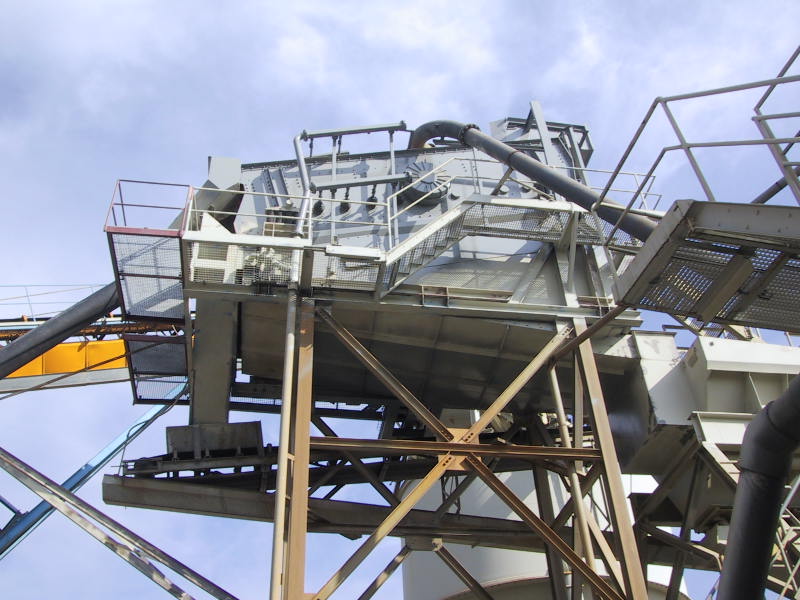Surface mining has revolutionized how we extract valuable minerals and resources. By allowing more access to abundant deposits, it has become a cornerstone of the mining industry. This article explores the benefits of surface mining, with a focus on its access to valuable resources, its economic and environmental implications, and the role of technology in its continued evolution.
What Types of Resources are More Easily Accessed Through Surface Mining Compared to Underground Mining?
Surface mining provides unparalleled access to various resources, including:
- Coal: Found in thick seams close to the surface.
- Iron Ore: Often deposited in shallow layers, making extraction efficient.
- Industrial Minerals: Like gypsum, limestone, and sand, crucial for construction and manufacturing.
- Precious Metals: Such as gold and copper, frequently located near the surface.
These resources are more economically viable to extract through surface mining, as less time and effort are needed compared to underground methods.
How Does the Efficiency and Speed of Resource Extraction in Surface Mining Compare to Other Methods?
Surface mining stands out for its efficiency:
- Faster Operations: Large-scale machinery can move vast amounts of material quickly.
- Higher Recovery Rates: Surface methods often recover a higher percentage of the resource compared to underground mining.
- Reduced Setup Time: With minimal infrastructure requirements, surface mining allows quicker project initiation.
These factors contribute to shorter project timelines and reduced costs, making surface mining highly advantageous.
In What Ways Does Surface Mining Facilitate the Extraction of Larger Quantities of Minerals?
Surface mining techniques, like open-pit and strip mining, enable large-scale extraction due to:
- High-Capacity Machinery: Equipment like draglines and electric shovels handle enormous workloads.
- Wider Extraction Areas: Surface operations cover expansive land, allowing the removal of more material in one go.
- Efficient Logistics: Direct transport of materials from the mine to processing facilities.
This scalability allows mining companies to meet growing industrial demands efficiently.
How Does Surface Mining Increase the Economic Viability of Resource Extraction?
The economic advantages of surface mining include:
- Lower Costs: Reduced labor and infrastructure requirements.
- Higher Productivity: Continuous operations with fewer interruptions.
- Resource Abundance: Maximizing extraction minimizes waste and optimizes profitability.
By accessing large deposits at lower costs, surface mining enhances the feasibility of projects that might be unprofitable using other methods.
What Technological Advancements Have Improved Access to Resources in Surface Mining?
Modern technologies have revolutionized surface mining, such as:
- GPS and Surveying Tools: Improve accuracy in identifying and extracting resources.
- Automated Machinery: Increases safety and reduces human error.
- Environmental Monitoring: Helps manage the ecological footprint while maintaining productivity.
- 3D Mapping: Provides detailed insights into resource locations and depths.
These advancements streamline operations, reduce costs, and improve access to previously untapped resources.
In What Ways Does Surface Mining Provide Access to Resources That Might Otherwise Be Inaccessible?
Surface mining opens doors to resources that were once considered out of reach:
- Remote Locations: With fewer infrastructure requirements, mining can occur in isolated areas.
- Complex Deposits: Layered or mixed mineral deposits are more easily separated and extracted.
- Marginal Reserves: Resources that are not economically viable through underground methods become accessible.
This accessibility ensures that even low-grade deposits contribute to global resource supplies.
Can Surface Mining Provide Access to Deeper Resources Compared to Traditional Methods?
While surface mining is typically associated with shallow deposits, advancements in technology have expanded its reach:
- Extended Depth Capability: Larger equipment and innovative techniques enable deeper extractions.
- Open-Pit Design Evolution: Modern pits can reach significant depths while maintaining stability.
- Hybrid Methods: Combining surface and underground techniques for optimal resource recovery.
These developments bridge the gap between traditional depth limitations and the demands of modern industries.
What Environmental Considerations Come With the Advantage of Accessing More Resources Through Surface Mining?
While surface mining offers resource accessibility, it also raises environmental concerns:
- Land Disruption: Large-scale operations can alter landscapes and ecosystems.
- Waste Management: Proper disposal and reuse of overburden and byproducts are crucial.
- Water Usage: Effective management prevents depletion or contamination of local water sources.
- Carbon Emissions: Employing cleaner energy sources for machinery can mitigate environmental impact.
By implementing responsible practices, mining companies can balance resource extraction with ecological preservation.

The Expansive Benefits and Considerations of Surface Mining in Resource Access
Surface mining remains a vital component of the mining industry, offering unparalleled access to abundant resources. Through technological advancements, economic benefits, and improved practices, it continues to evolve as a sustainable and efficient extraction method. However, the industry must prioritize environmental stewardship and community engagement to ensure long-term viability. By embracing innovation and responsibility, the advantages of access to more resources through surface mining can be fully realized for generations to come.

